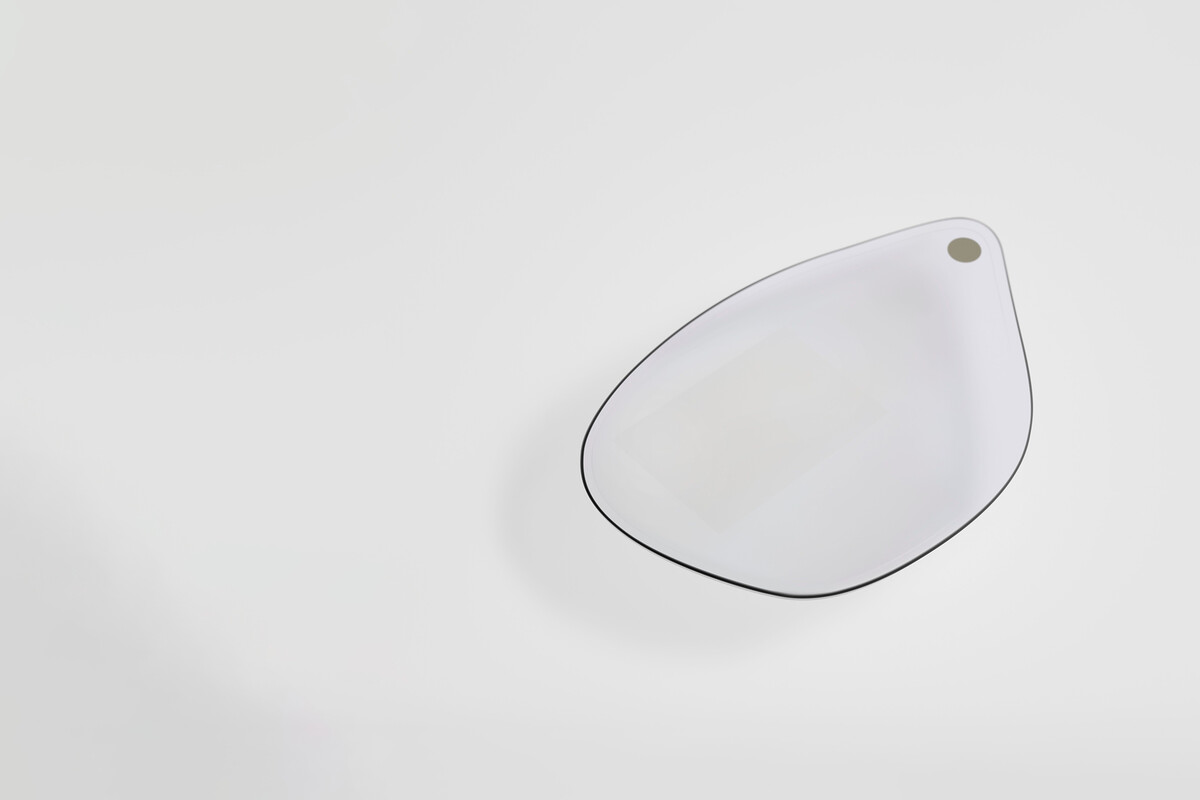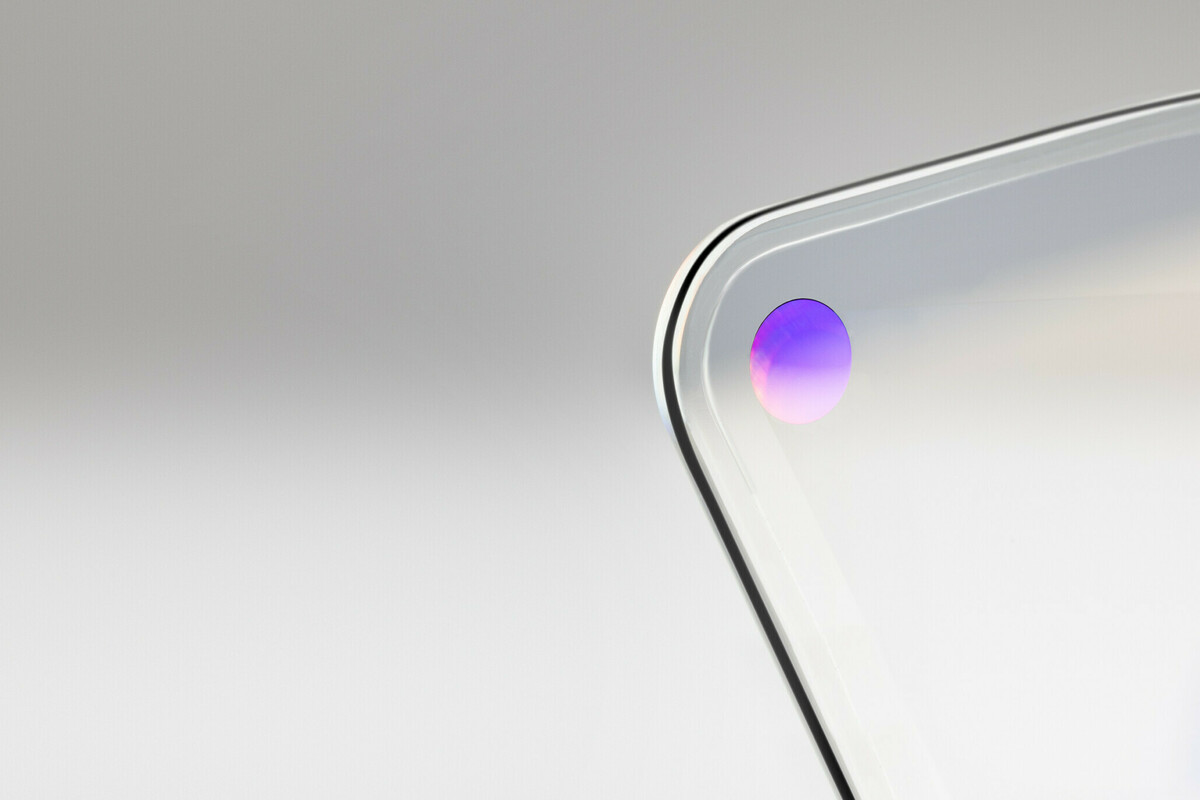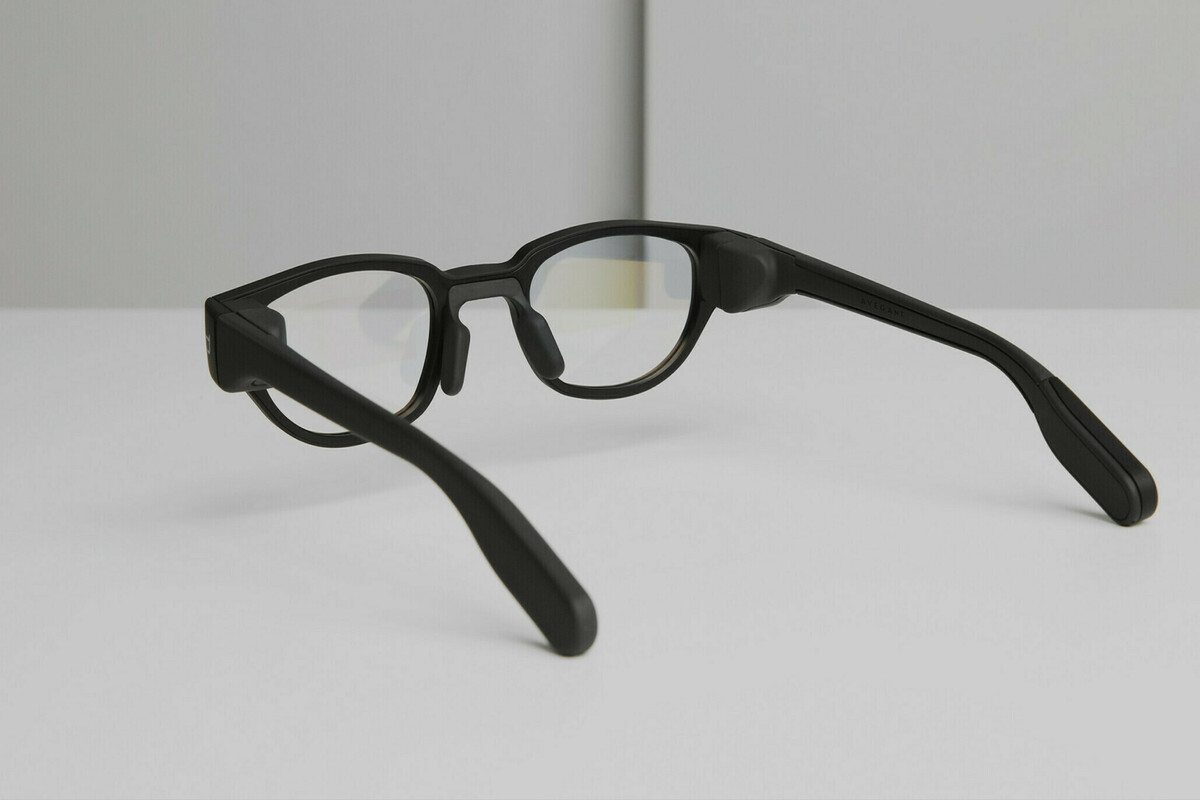Comprehensive modelling of waveguide displays
Dispelix design methods and algorithms enable comprehensive modelling of waveguide displays
Our nanoscopic, nearly invisible diffractive gratings are powerful structures that manipulate light propagation in waveguide displays. In an augmented reality (AR) device, the incoming image streaming from the miniaturized light engine hits the surface relief grating, which couples lightwaves into the waveguide through diffraction. From there, the lightwaves hit the relief patterns of another grating element called an exit pupil expander (EPE) grating. The EPE grating replicates the lightwaves and directs them towards the out-coupler. The out-coupler grating then directs the lightwaves to the eyebox, which is the volume between the waveguide and the eye. Finally, our visual system forms the virtual image at a comfortable distance in user’s field of view. All this is based on the inherent ability of diffractive gratings to split and direct lightwaves in a predetermined way. At Dispelix, we model the convoluted journey taken by lightwaves in a waveguide display using Dispelix Waveguide Studio, our proprietary software toolset.
Light propagation in diffractive waveguides is accompanied by a phenomenon called interference. When two or more lightwaves intersect or travel overlapping paths, they can either amplify or weaken each other depending on their mutual phase difference. Interference in diffractive waveguides is a fascinating, yet complex optical phenomenon. Lightwaves can take multiple different routes and form unintended interference patterns that show up in the final virtual image as non-uniformity. Dispelix Waveguide Studio provides us with unparalleled means to simulate the complex interactions of lightwaves in diffractive waveguides. Not only can we optimize the optical performance and image quality of a waveguide display quickly and accurately, we can also eliminate and mitigate the detrimental effects, like EPE-induced interference and artefacts caused by ambient light conditions.
Dr. Kalle Ventola, Senior Waveguide Designer at Dispelix, gave a presentation at SPIE AR|VR|MR 2024 in San Francisco, USA on how display optical performance and image quality can be perfected for the user through careful modelling. His SPIE proceedings article, “Analyzing exit pupil expansion induced interference in diffractive AR waveguide combiners” is available in the SPIE Digital Library.





